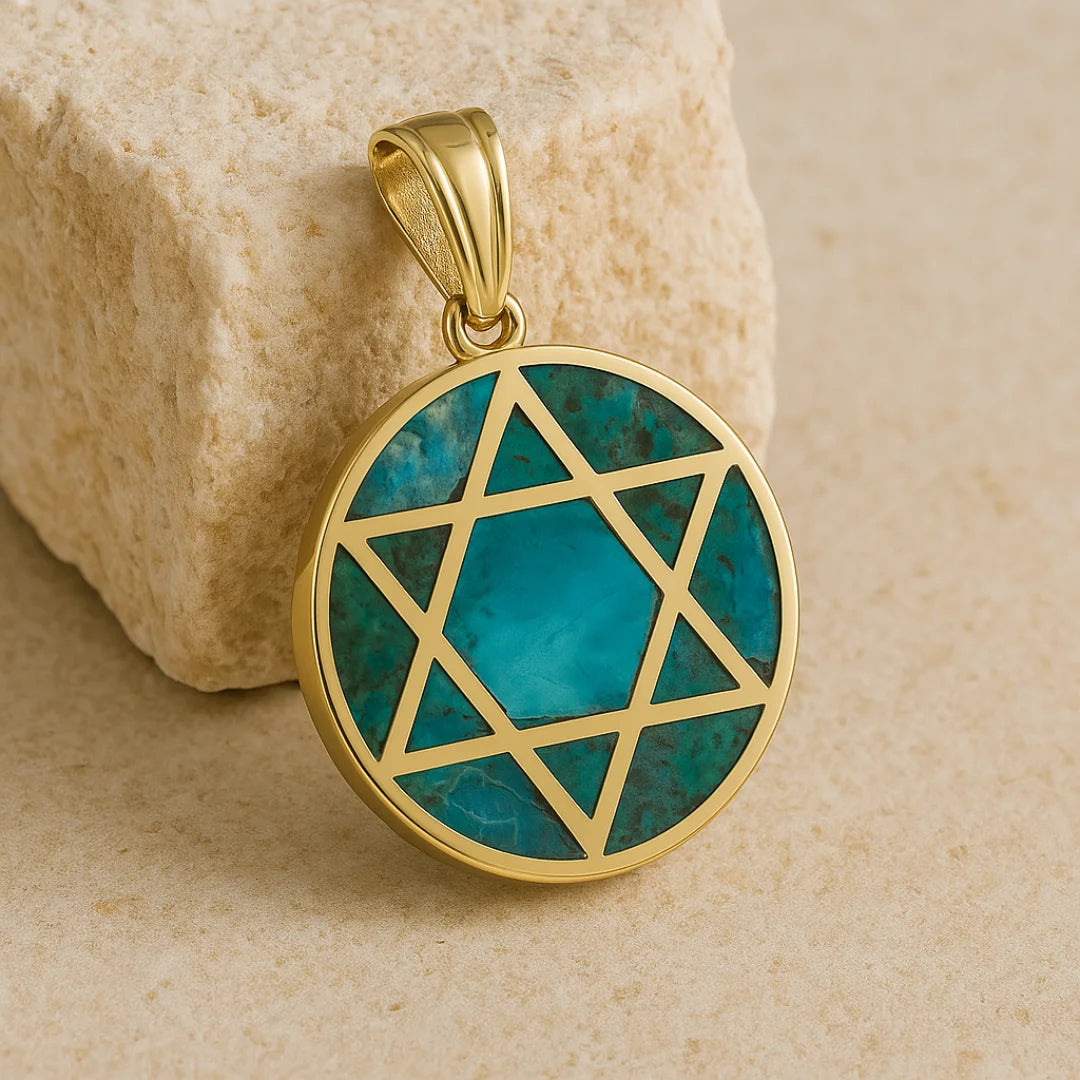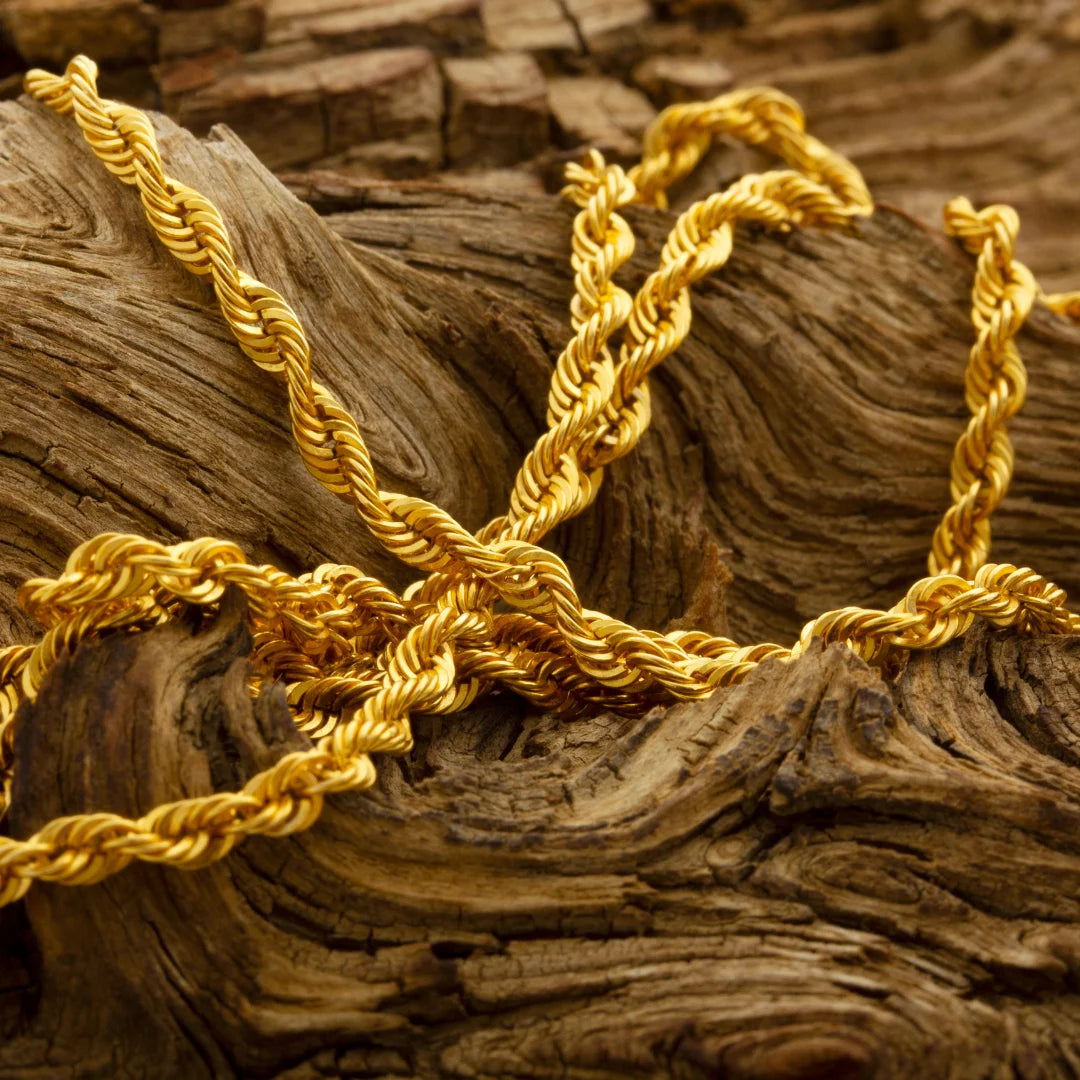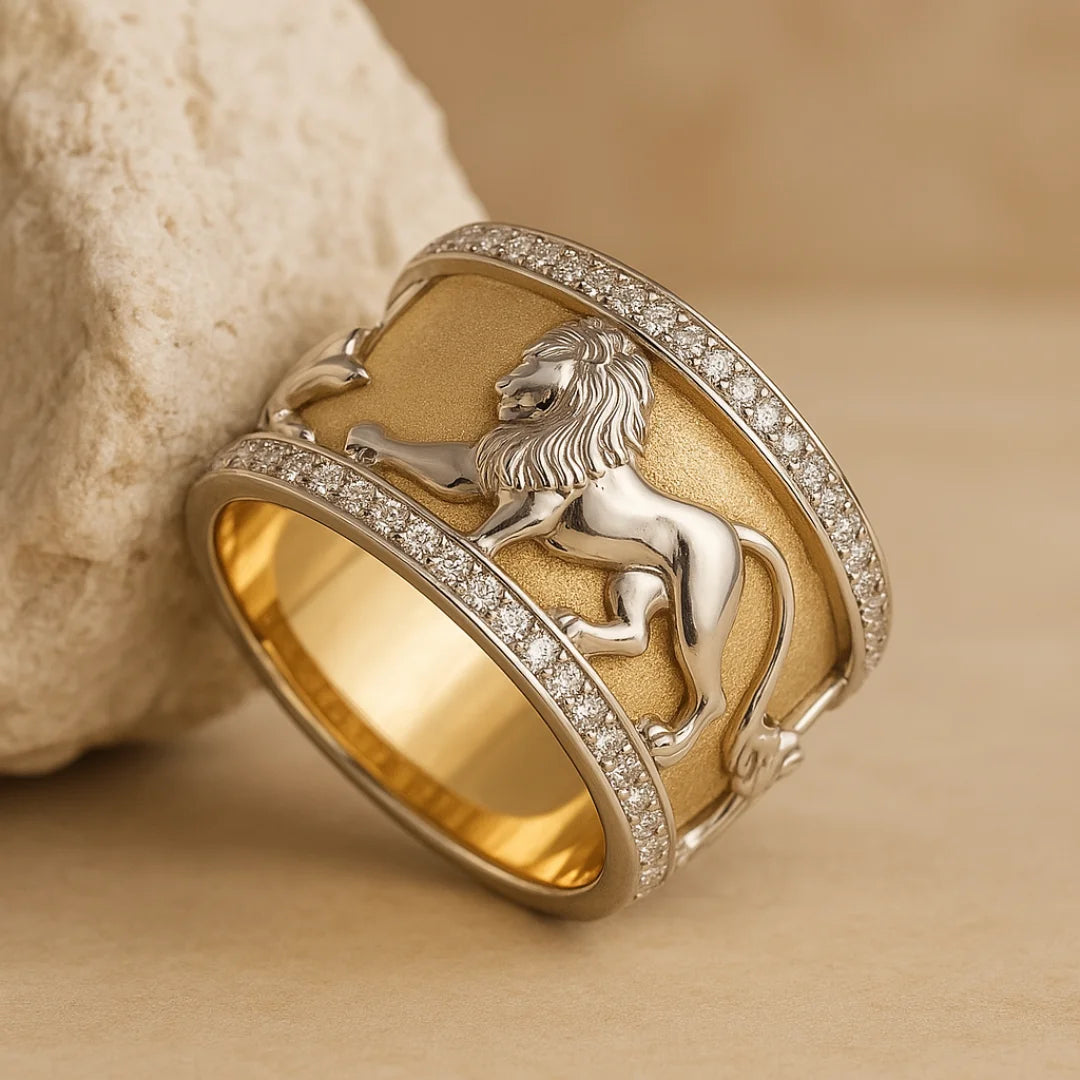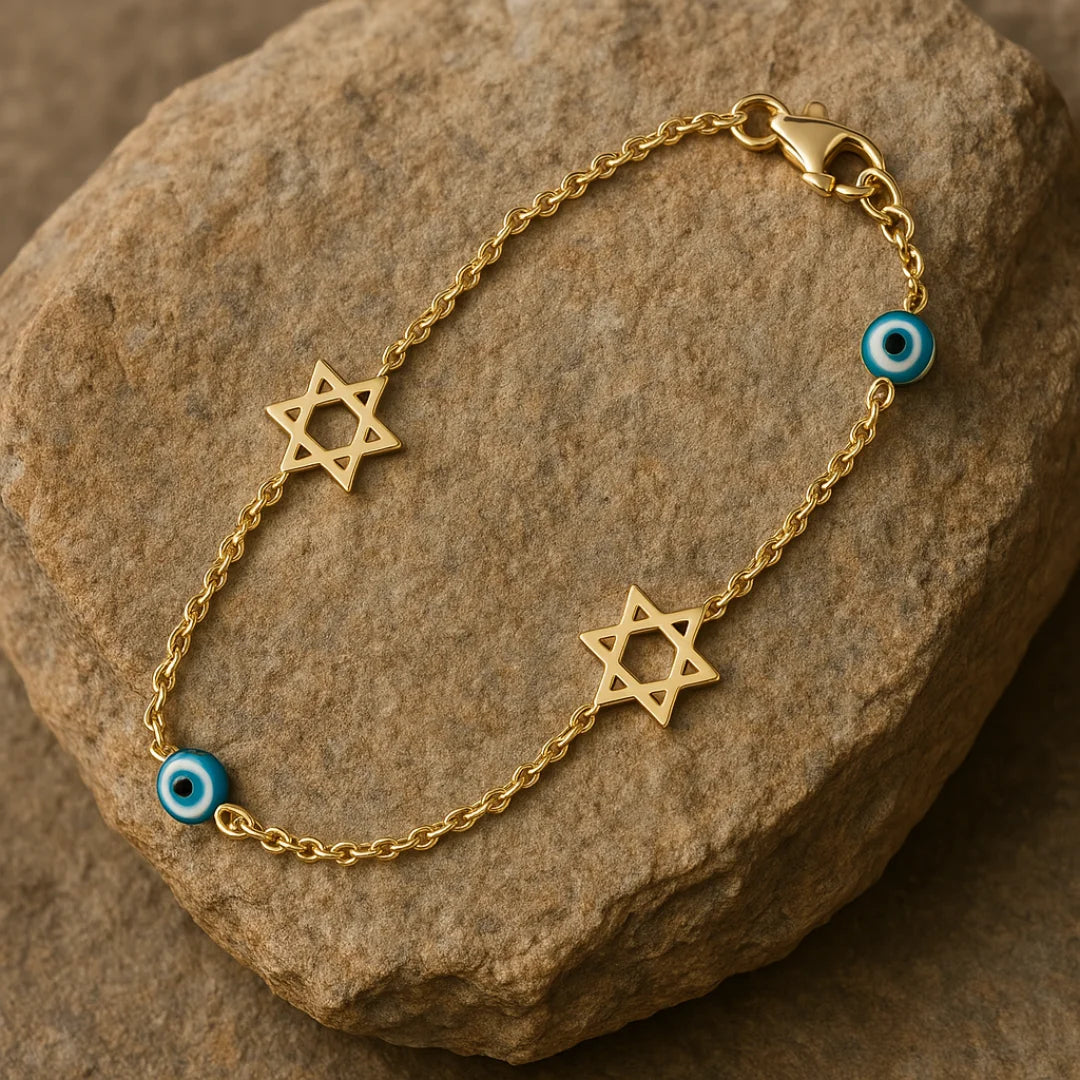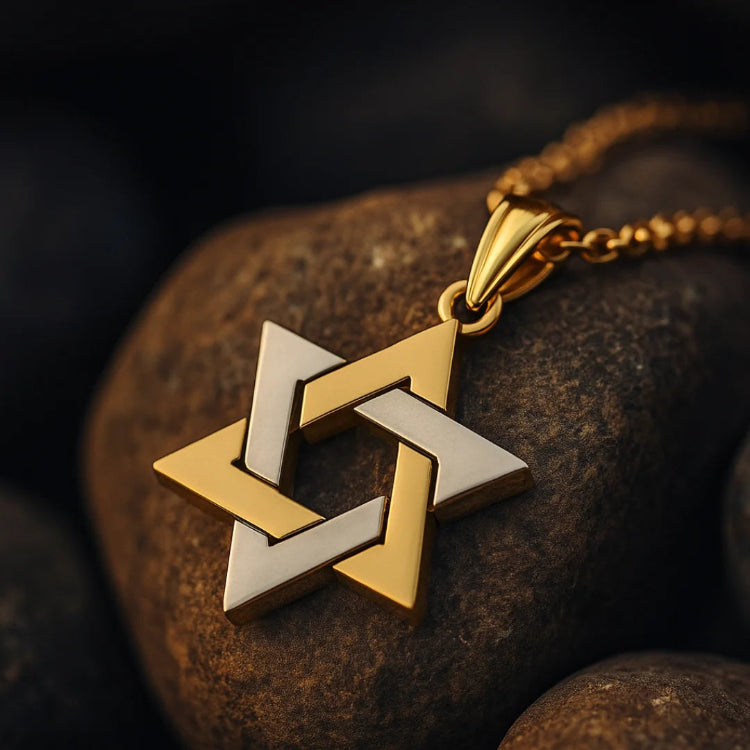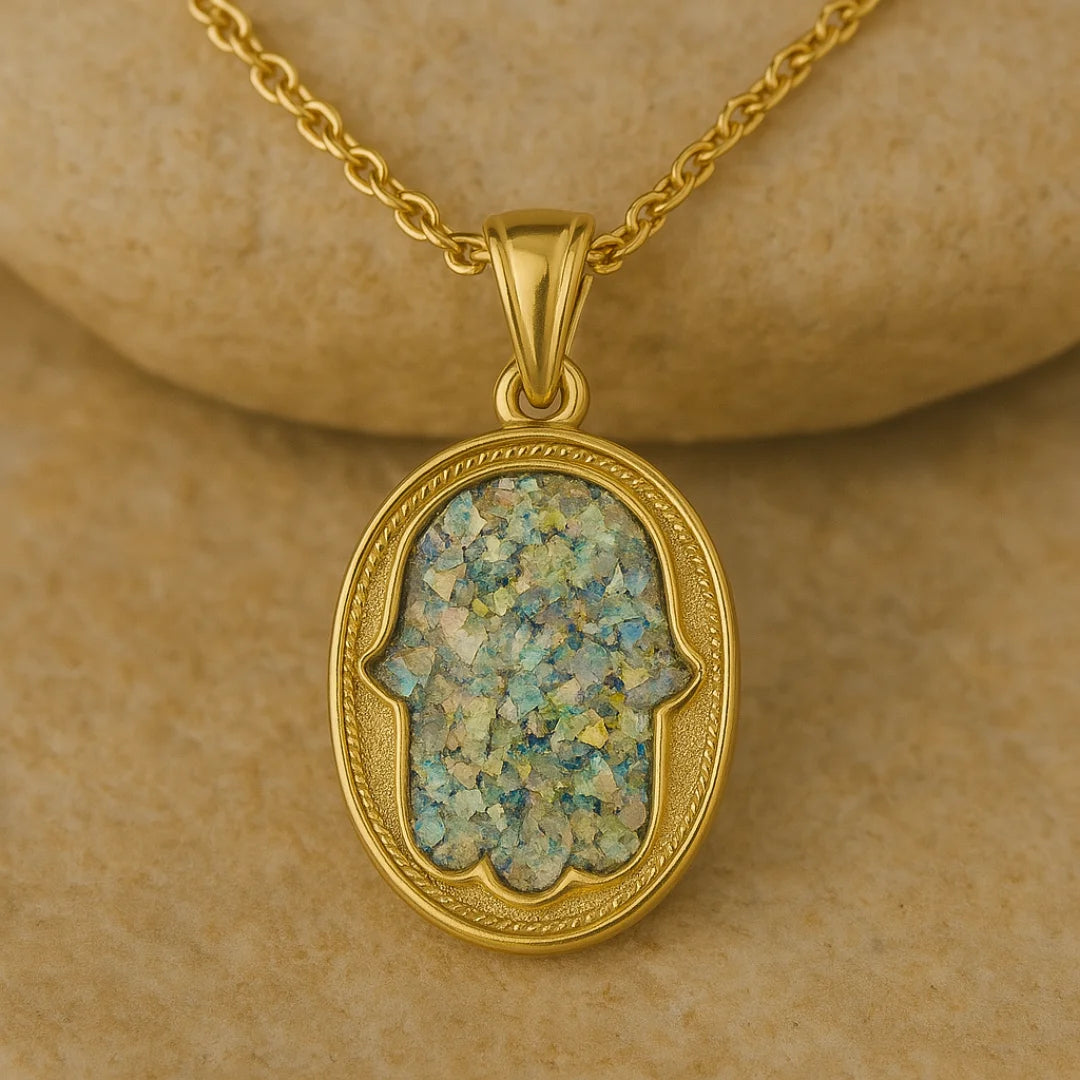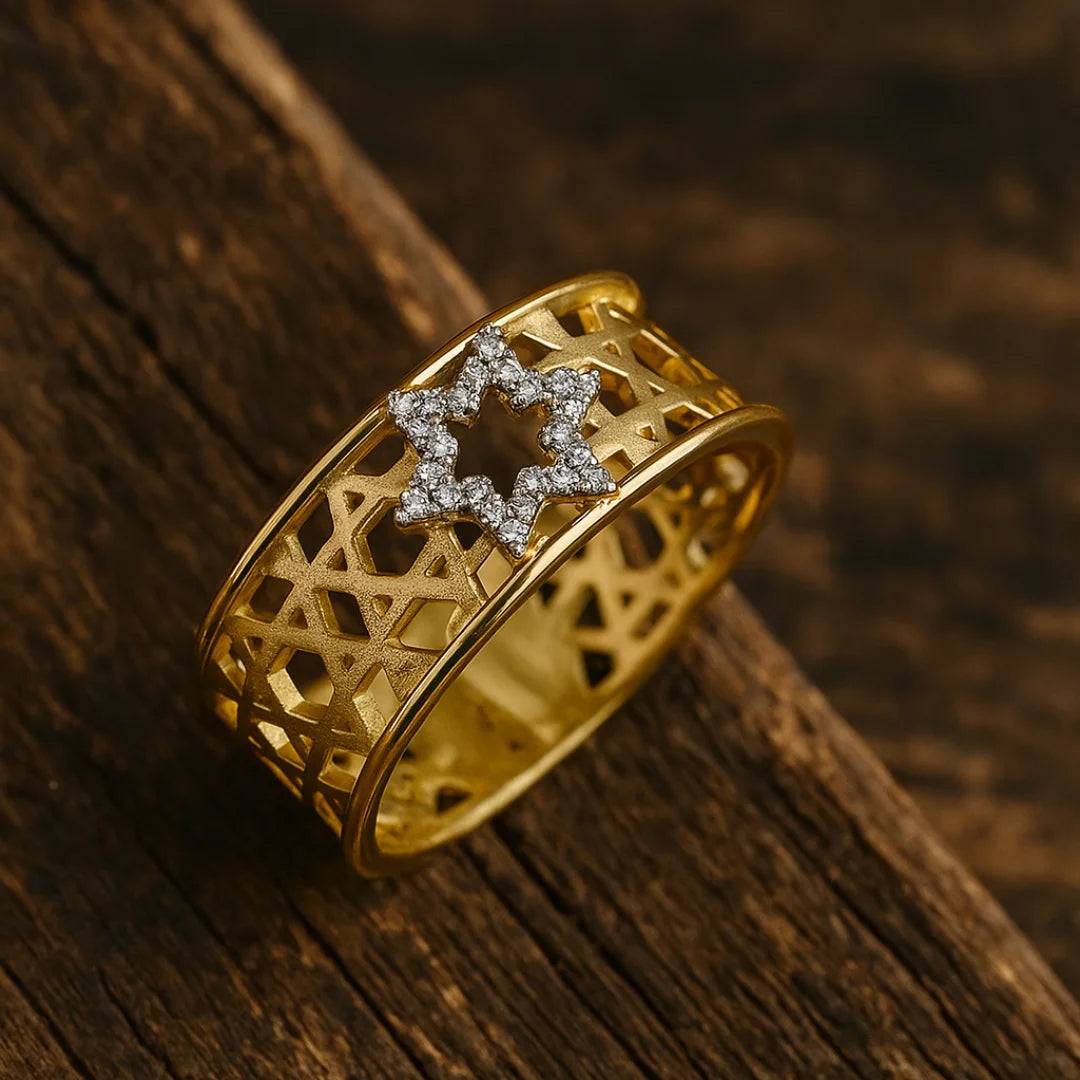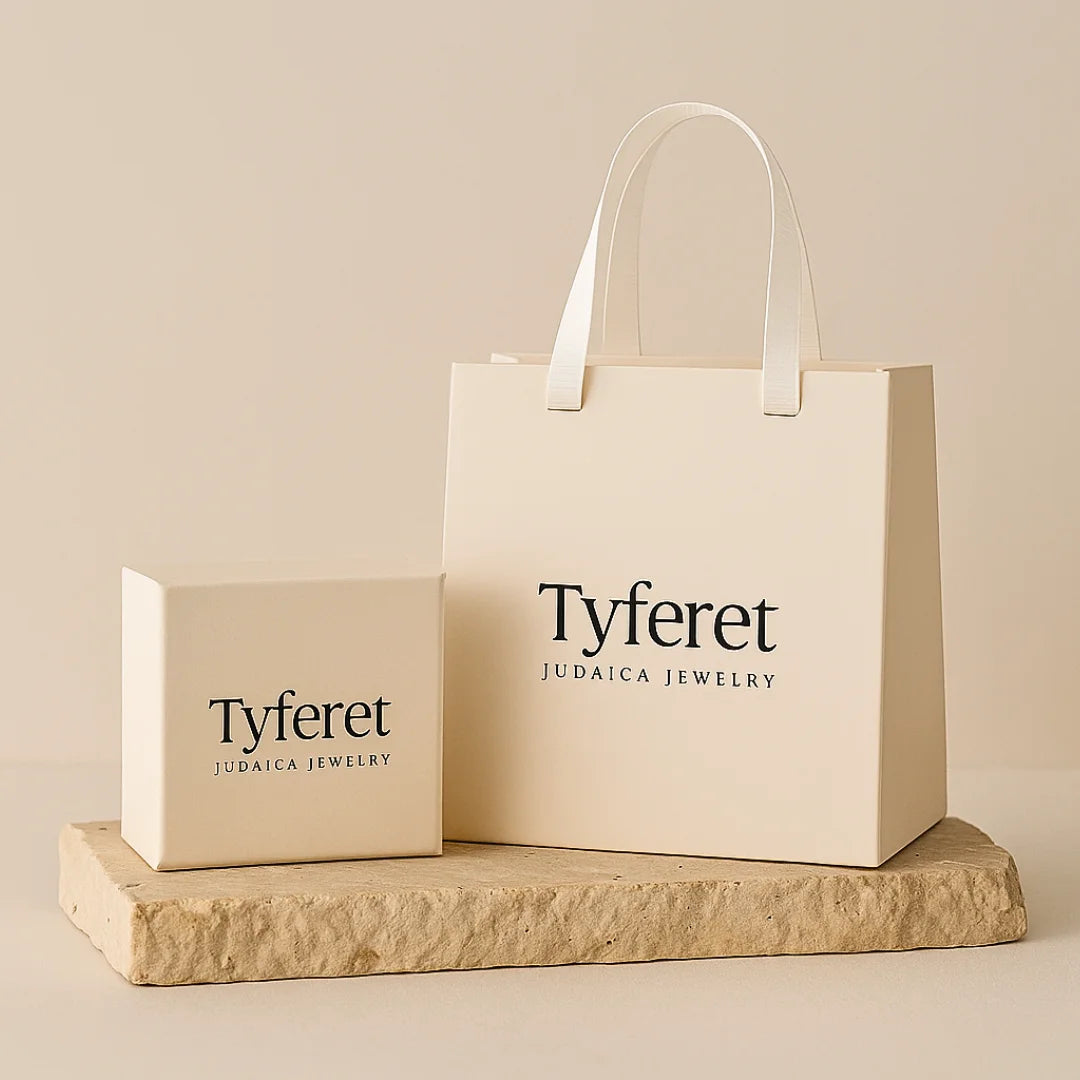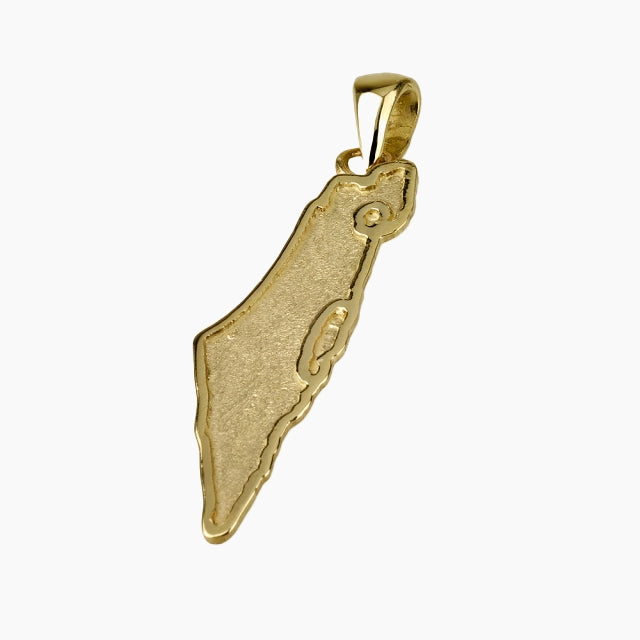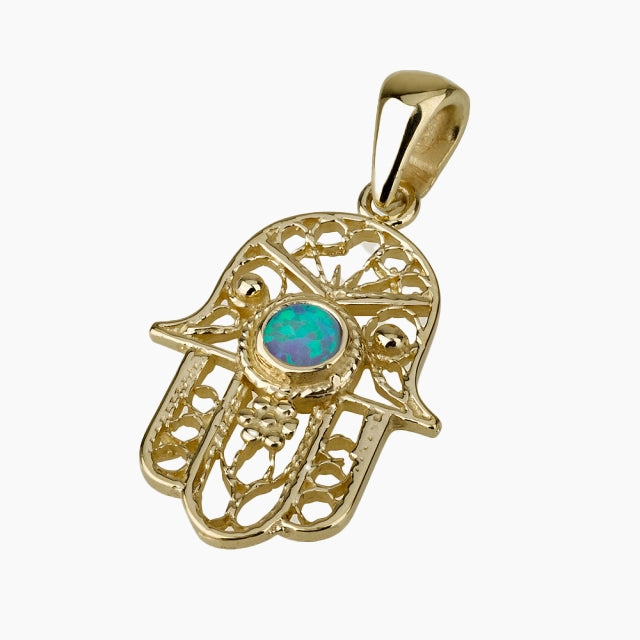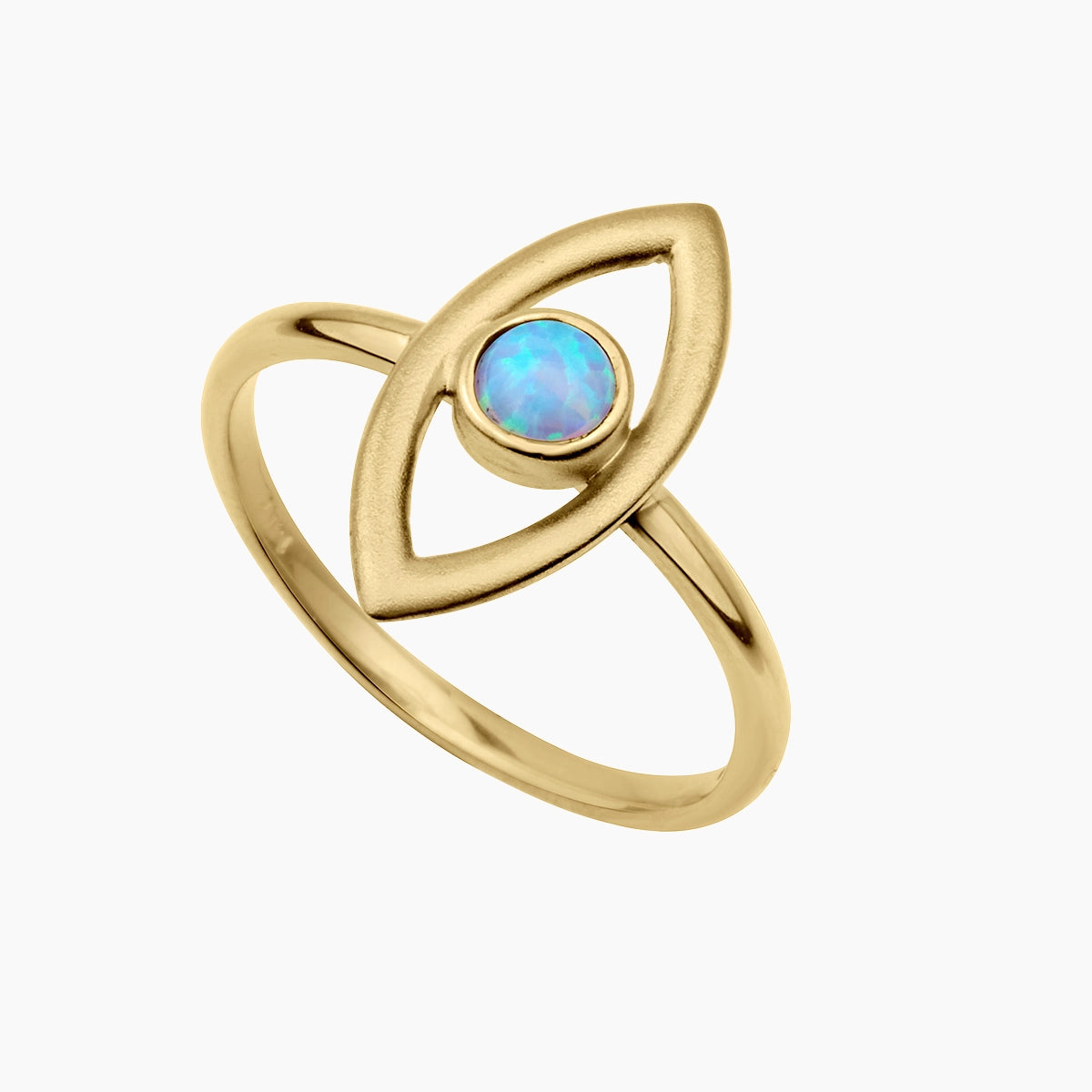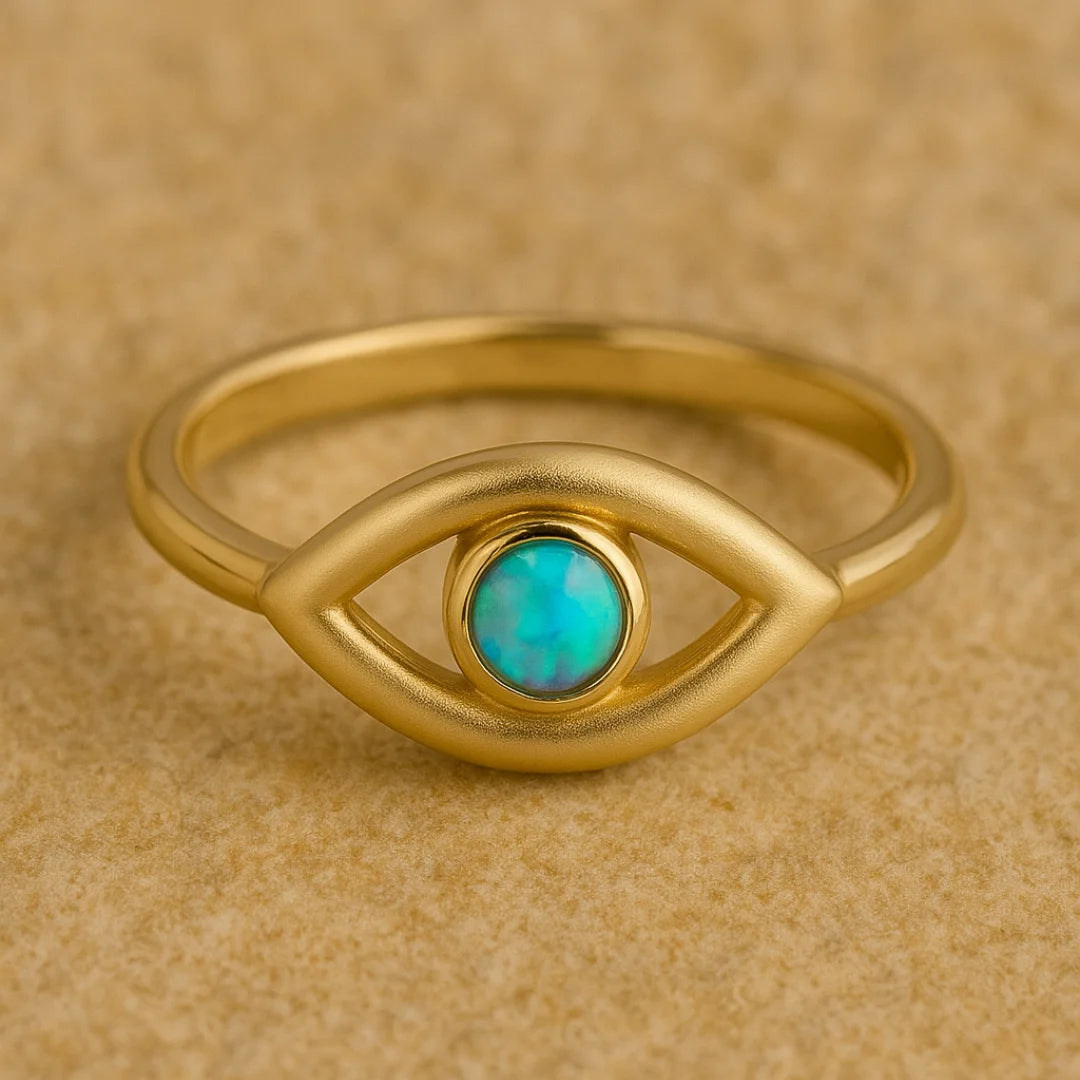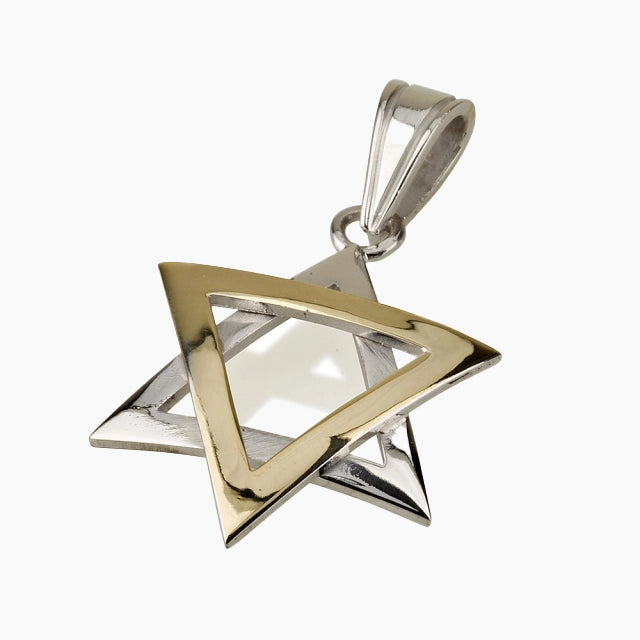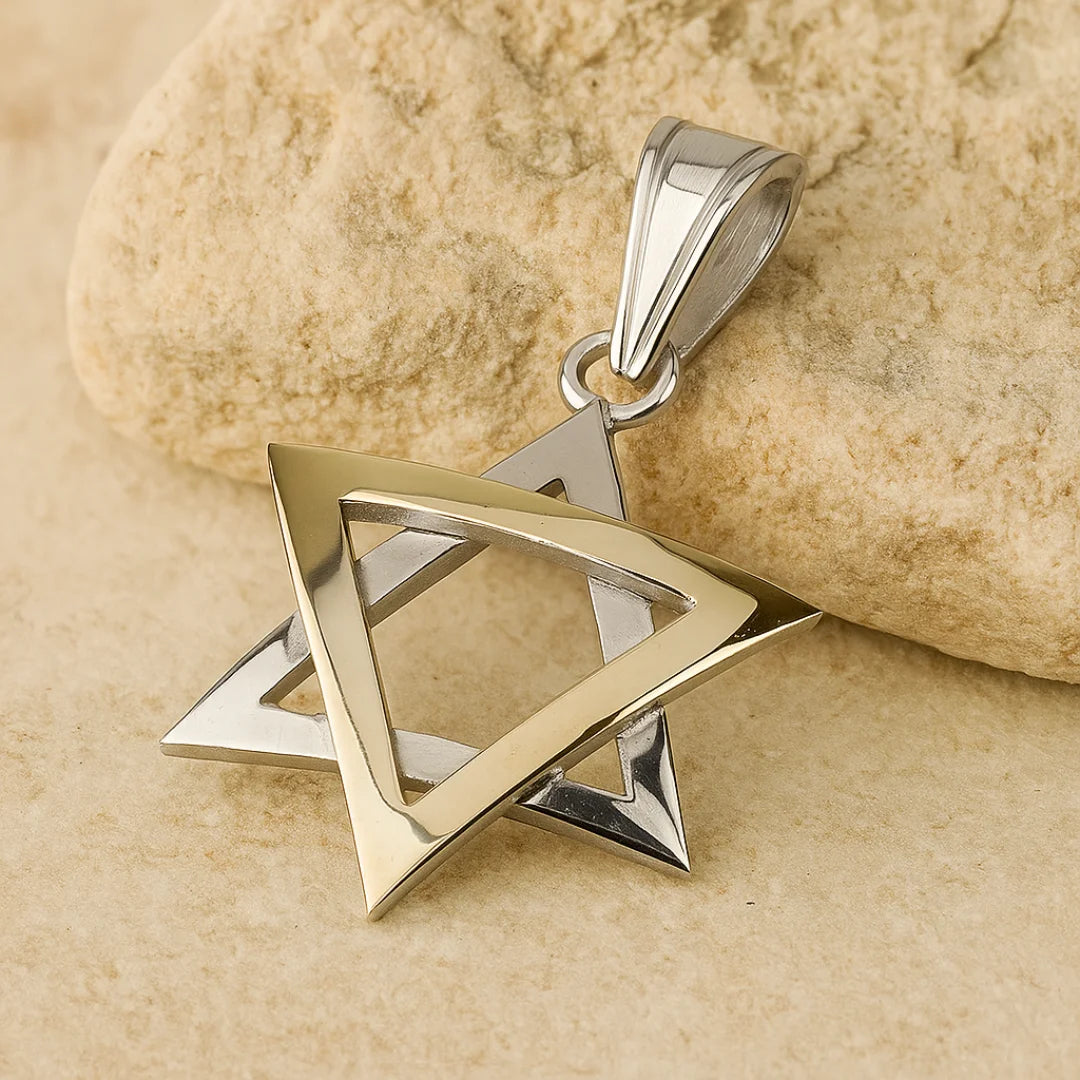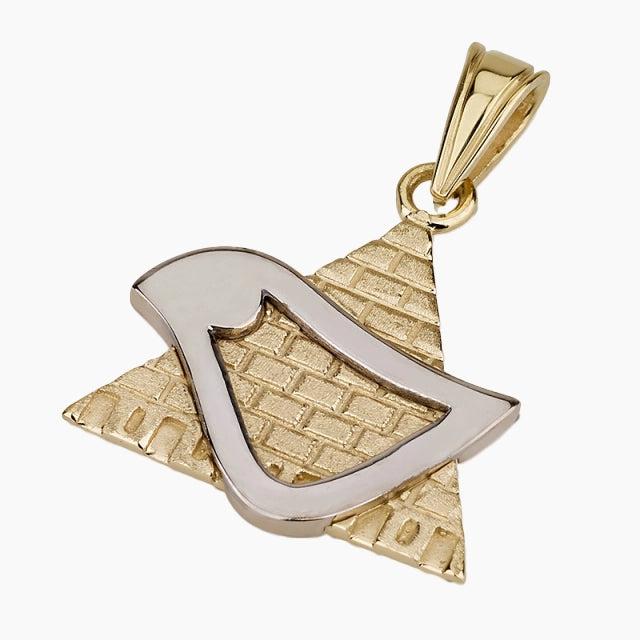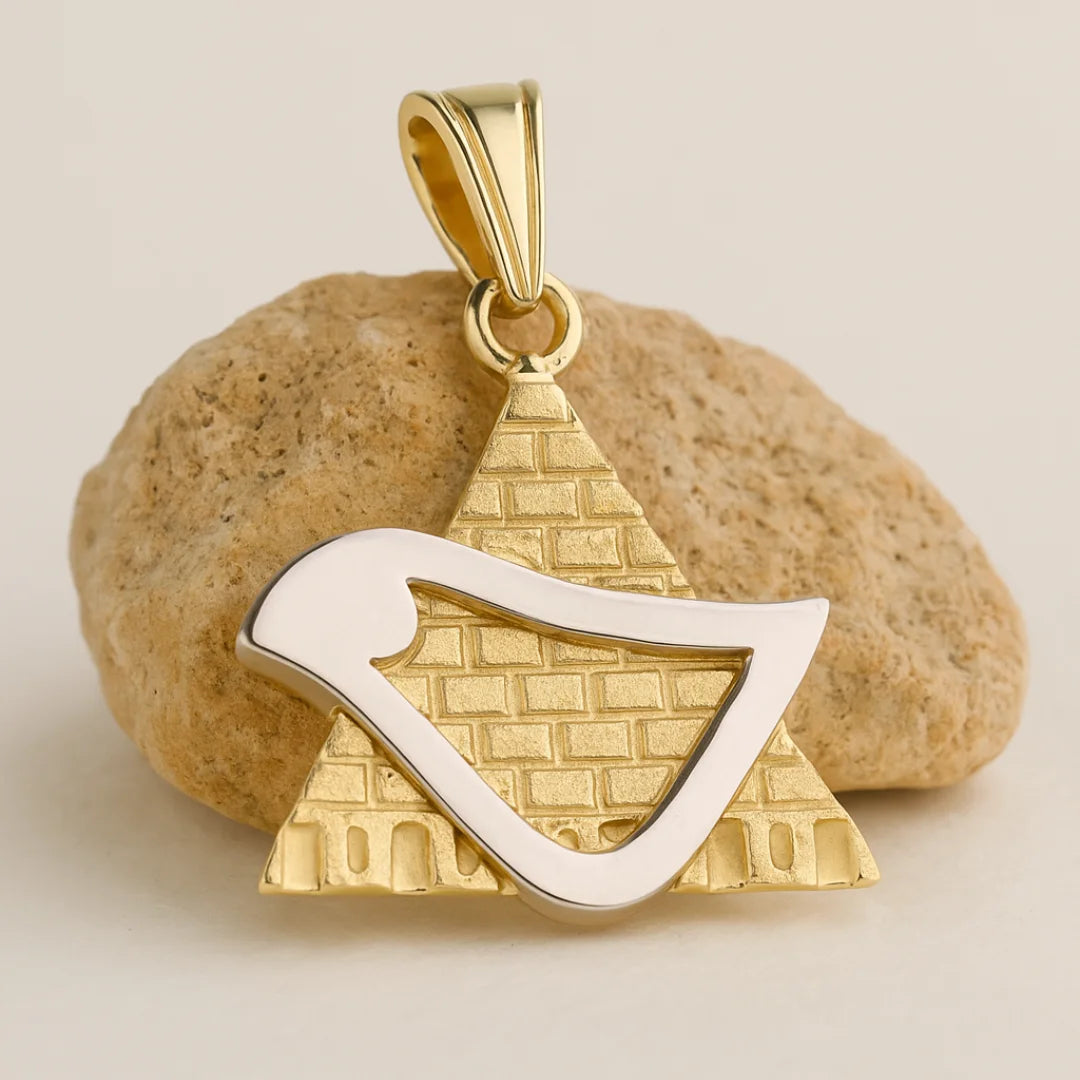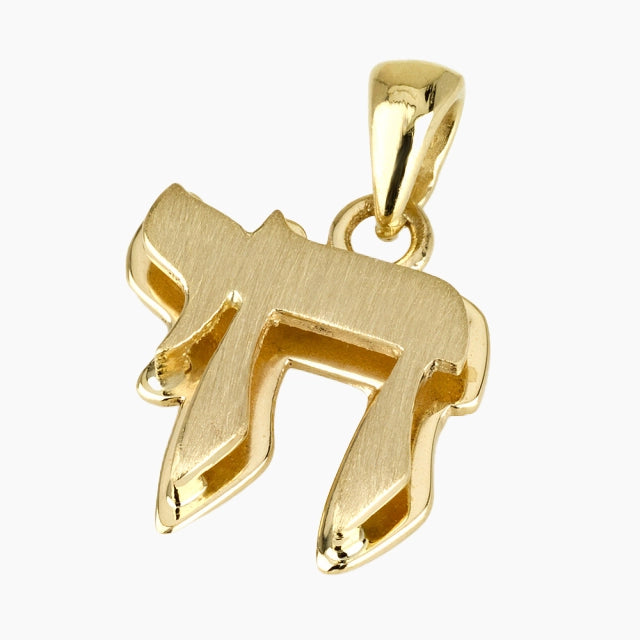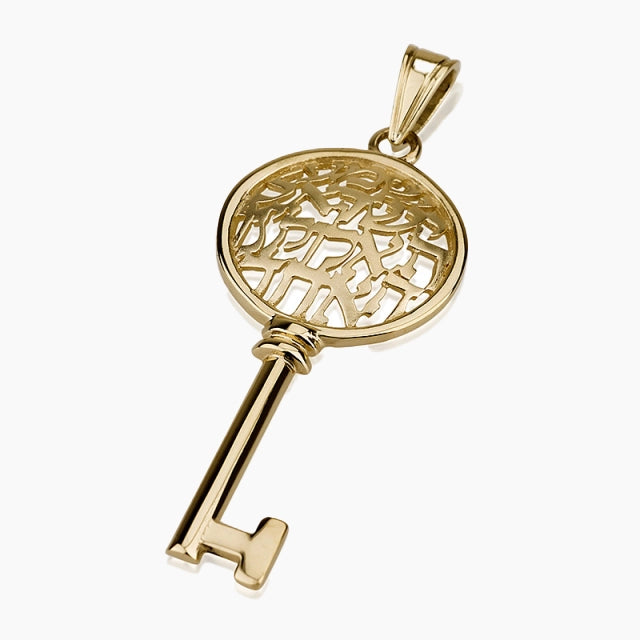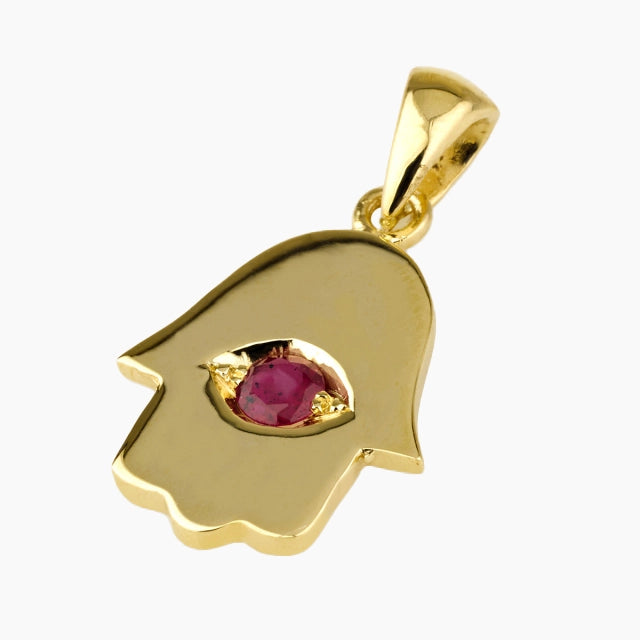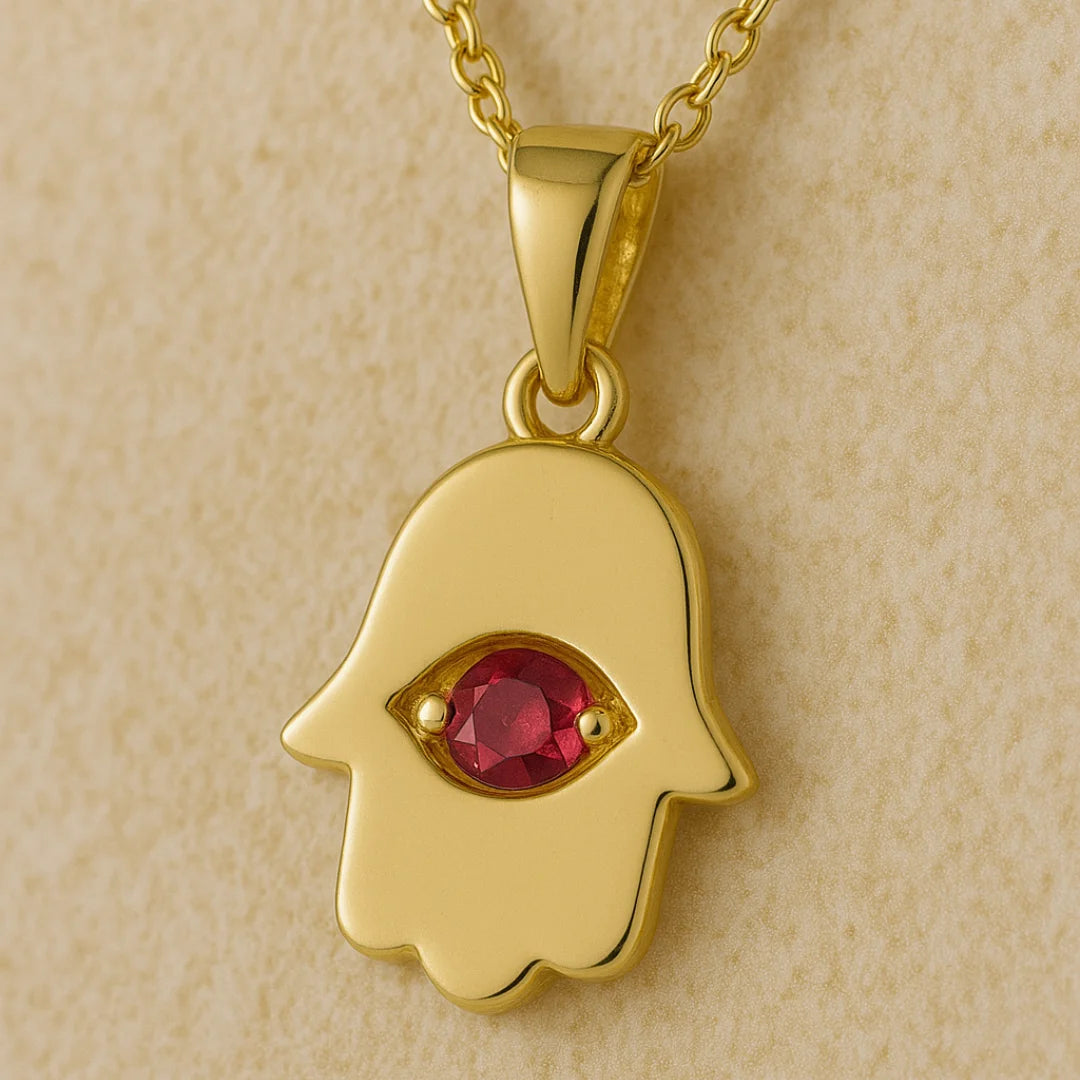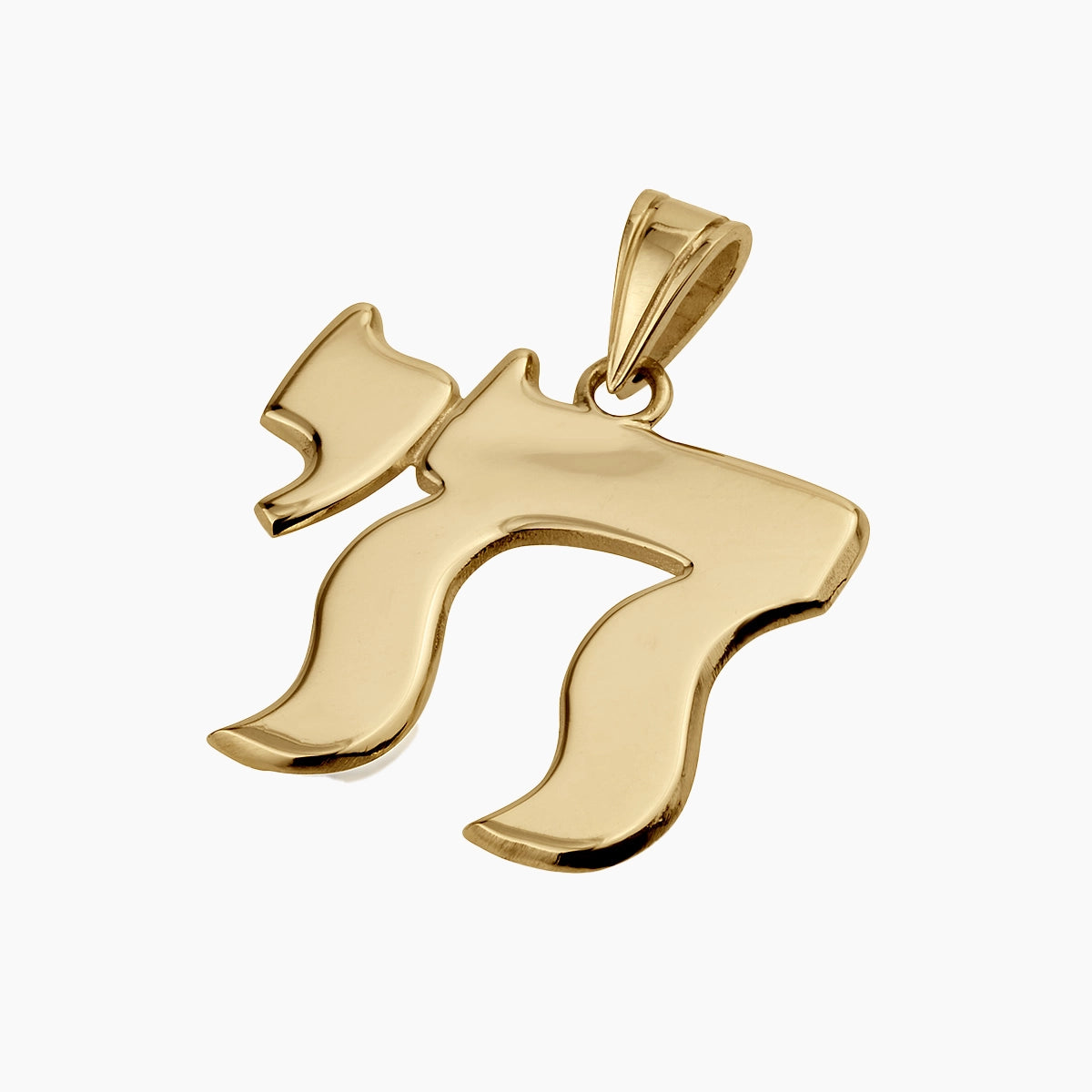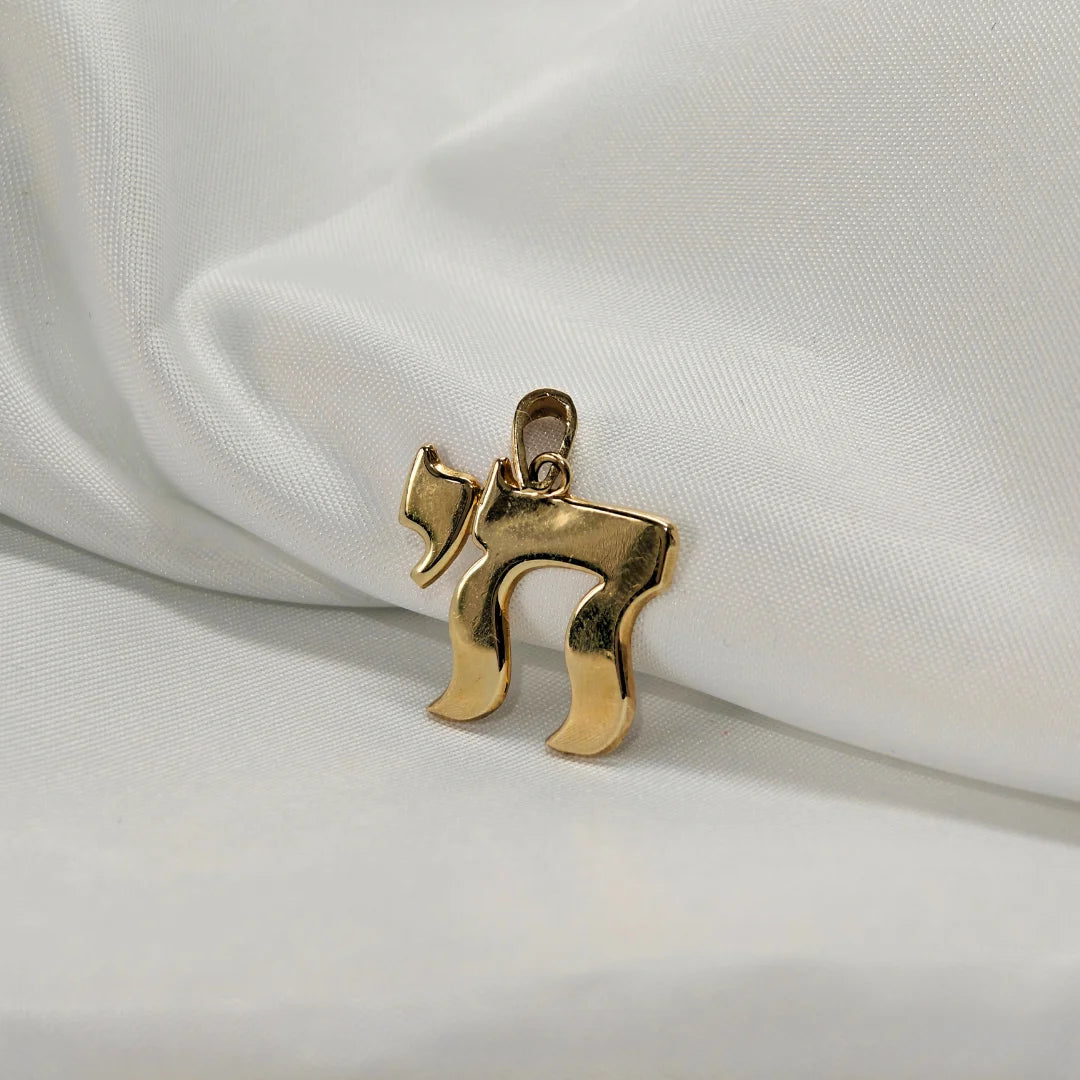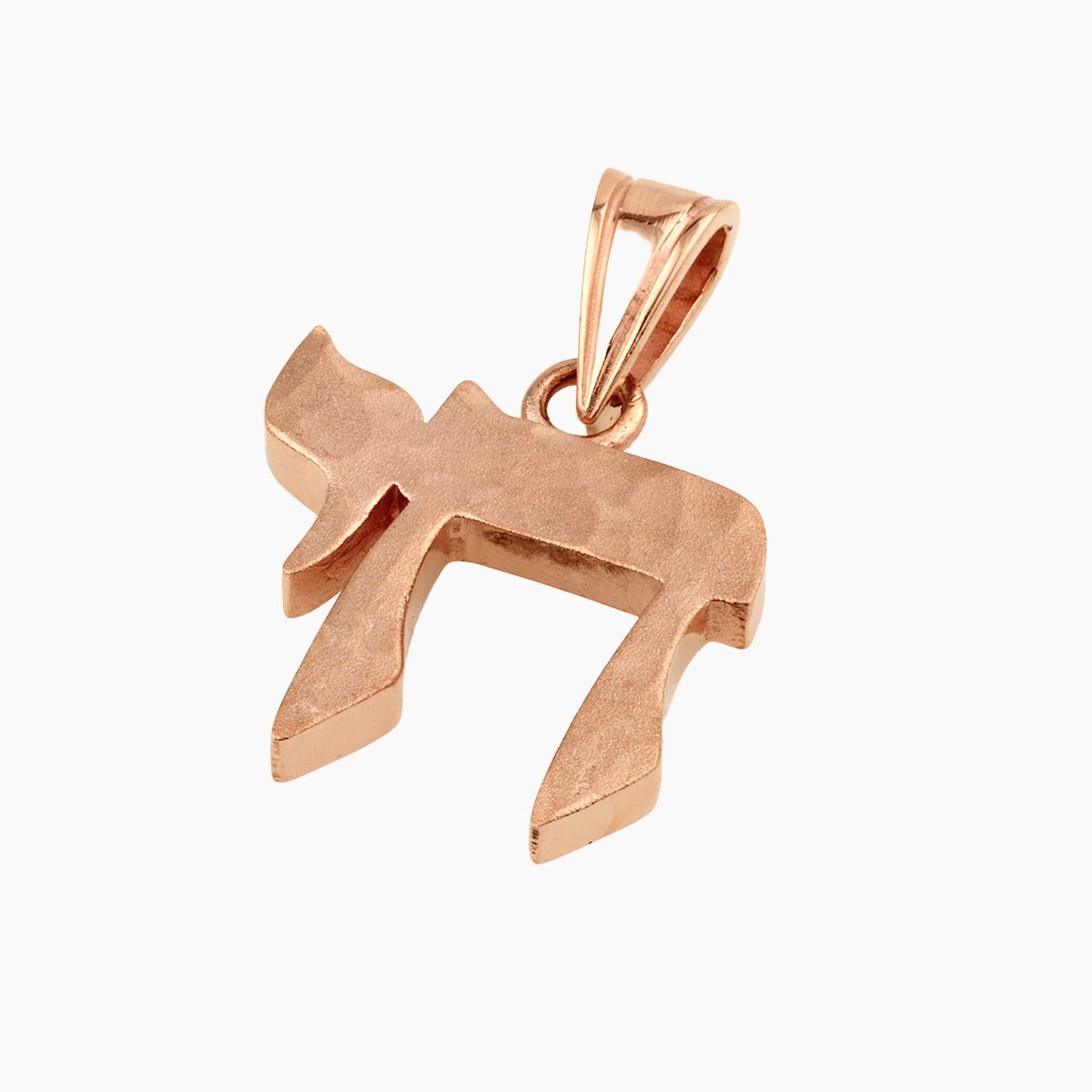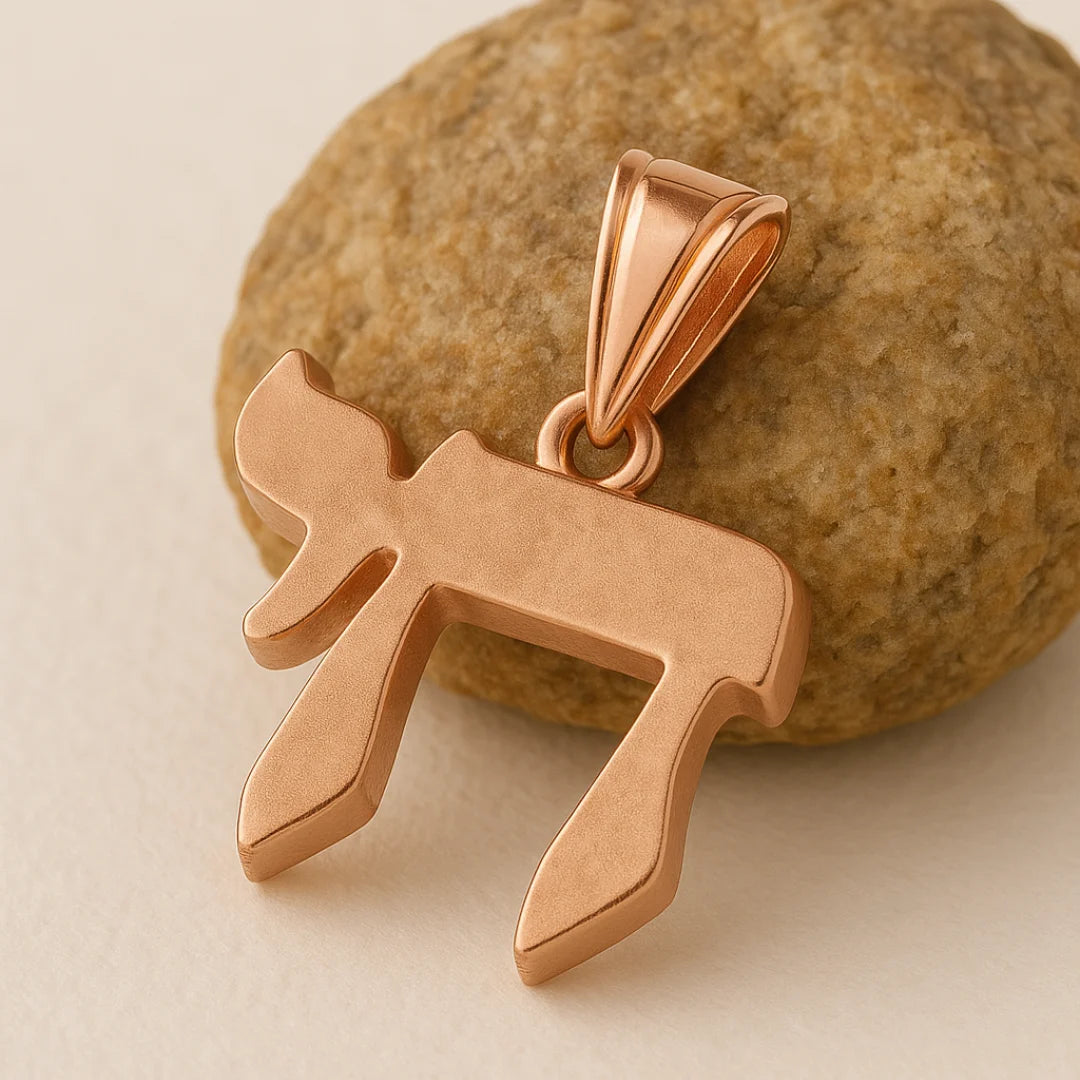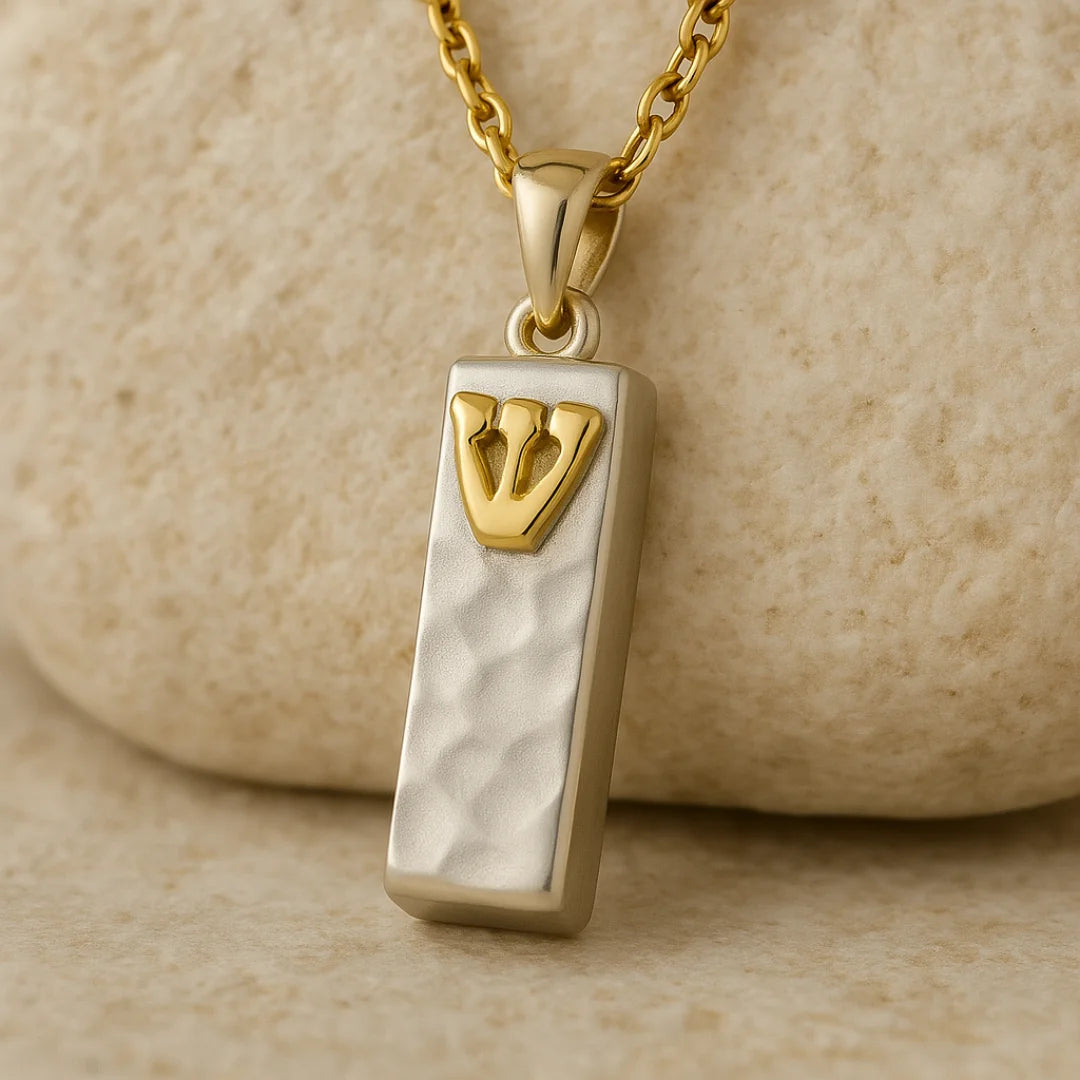
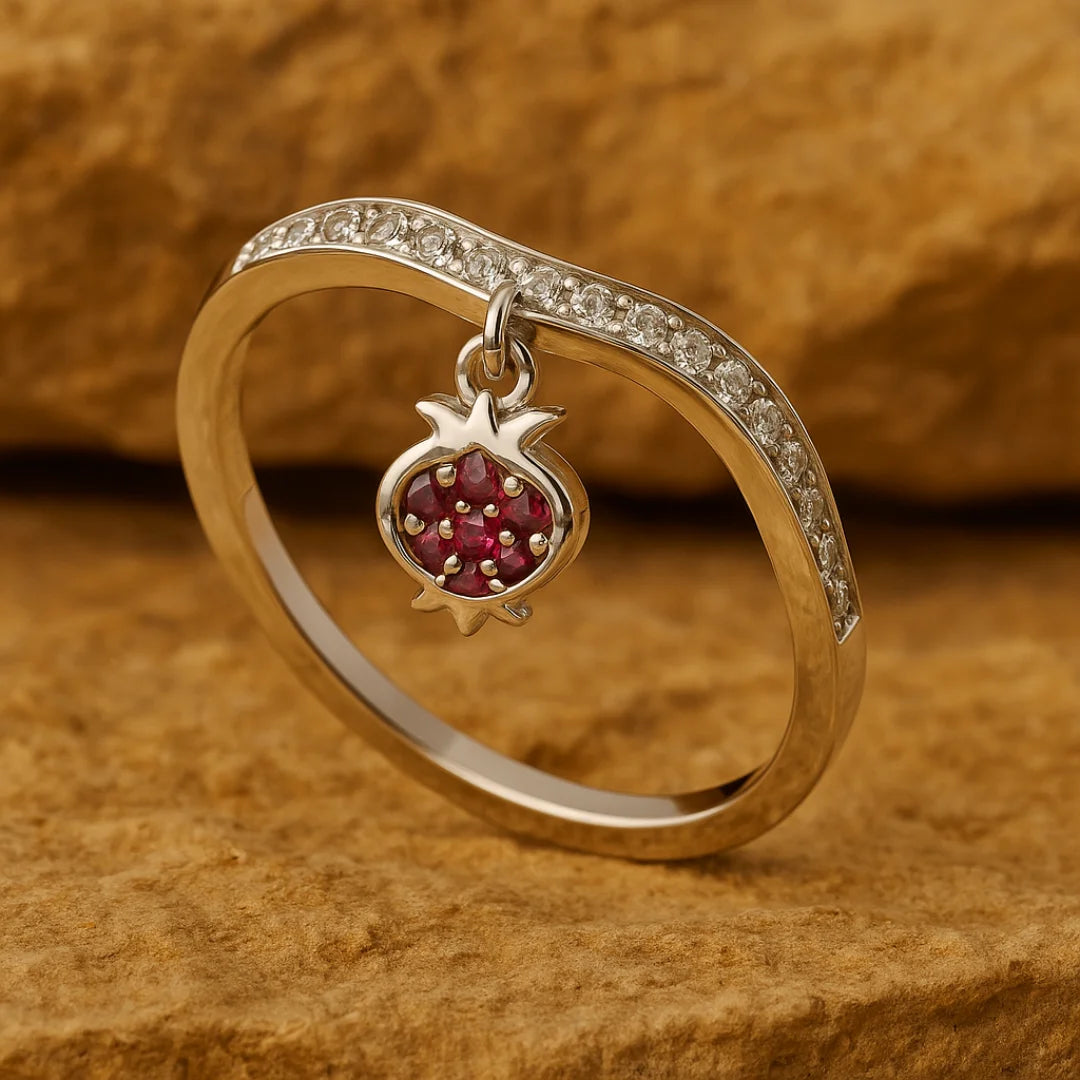
judaica
What is Judaica Jewelry? Symbols, Stories & Tradition Explained
Judaica jewelry is not for display. It's jewelry that exhibits Jewish symbolism, history and ethos. A Star of David on a necklace, a Hebrew passage engravings on a ring, or a Hamsa-shaped bracelet-all these are types of Judaica jewelry.
The meaning behind Judaica jewelry
Every item is meaningful. A Chai (חי) pendant reminds one of the blessing of life. A wedding band with Hebrew inscription carries blessings of love and faith. Even the selection of gold or silver is rooted in centuries of tradition. These aren't random designs-they are symbols of Jewish identity, faith and continuity.
How it connects faith, culture and beauty
Judaica jewelry holds a place at the intersection of ritual and fashion. It is both a way of celebrating Jewish heritage and a form of self-expression. Worn daily or just on holidays, it allows for people to wear their legacy close, intermingling beauty with religion.
A Journey Through Jewish Jewelry Traditions
Jewish jewelry has been around as long as the Jewish community. Jewish life has never been jewelry-free, from the Bible to modern-day Israel. Jewelry is mentioned in the Torah time and again: jewelry was offered as gifts to the Tabernacle and figures like Rebecca and Esther are mentioned wearing ornaments. Over centuries, Jewish communities across different continents evolved their own unique forms of jewelry-Yemenite filigree, Eastern European silver, Middle Eastern gold. All styles were steeped in the culture Jews grew up with but contained unique Jewish symbols.
Traditional Jewish jewelry and its symbolism
Traditionally, Jewish jewelry has insisted on symbols of religious faith and protection: Stars of David, mezuzah pendant, amulets bearing scripture and rings with Hebrew blessings. They were not just for decoration-they were reminders of God, tradition, and community. Many of the same symbols remain worn today, sometimes in their historical forms and sometimes in new, minimalist interpretations.
Popular Types of Judaica Jewelry
Judaica jewelry comes in many styles, all with their own meaning and beauty. They are small and dainty for some, while others are a declaration of religion and identity.
Judaica necklaces and pendants
Necklaces are probably the most common type of Judaica jewelry. Worn every day by millions of Jews around the world are pendants in the form of the Star of David, Chai symbol, or a Hamsa. They are easy to wear and keep the symbols close to the heart-literally.
Judaica rings and wedding bands
Rings typically carry Hebrew inscriptions, such as Song of Songs citations or simple words like "Ani L'dodi V'dodi Li" (I am my beloved's and my beloved is mine). Hebrew-inscribed wedding rings are traditional and still popular, connecting love with religion.
Judaica bracelets and charms
Bracelets can be decorated with charms like the Evil Eye, Hebrew text, or small hamsas. Bracelets are given as presents, especially to mark an important occasion like a bar or bat mitzvah.
Gold vs. silver Judaica jewelry
Both gold and silver have a rich historical foundation in Jewish jewelry. Gold is traditionally linked to warmth, blessing and celebration, while silver has been employed in ritual objects and jewelry for centuries due to its purity and shine. Both are now chosen by taste and meaning.
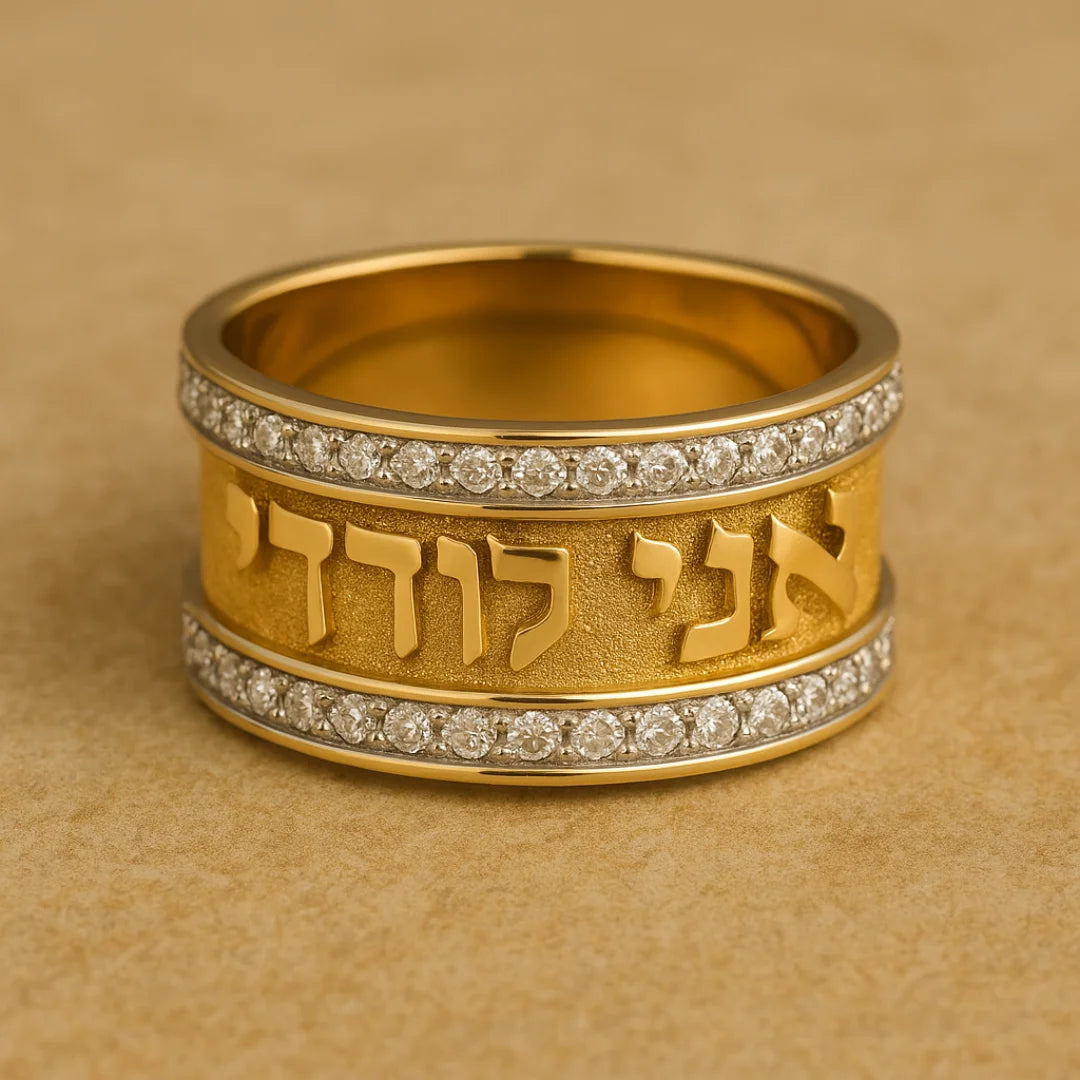
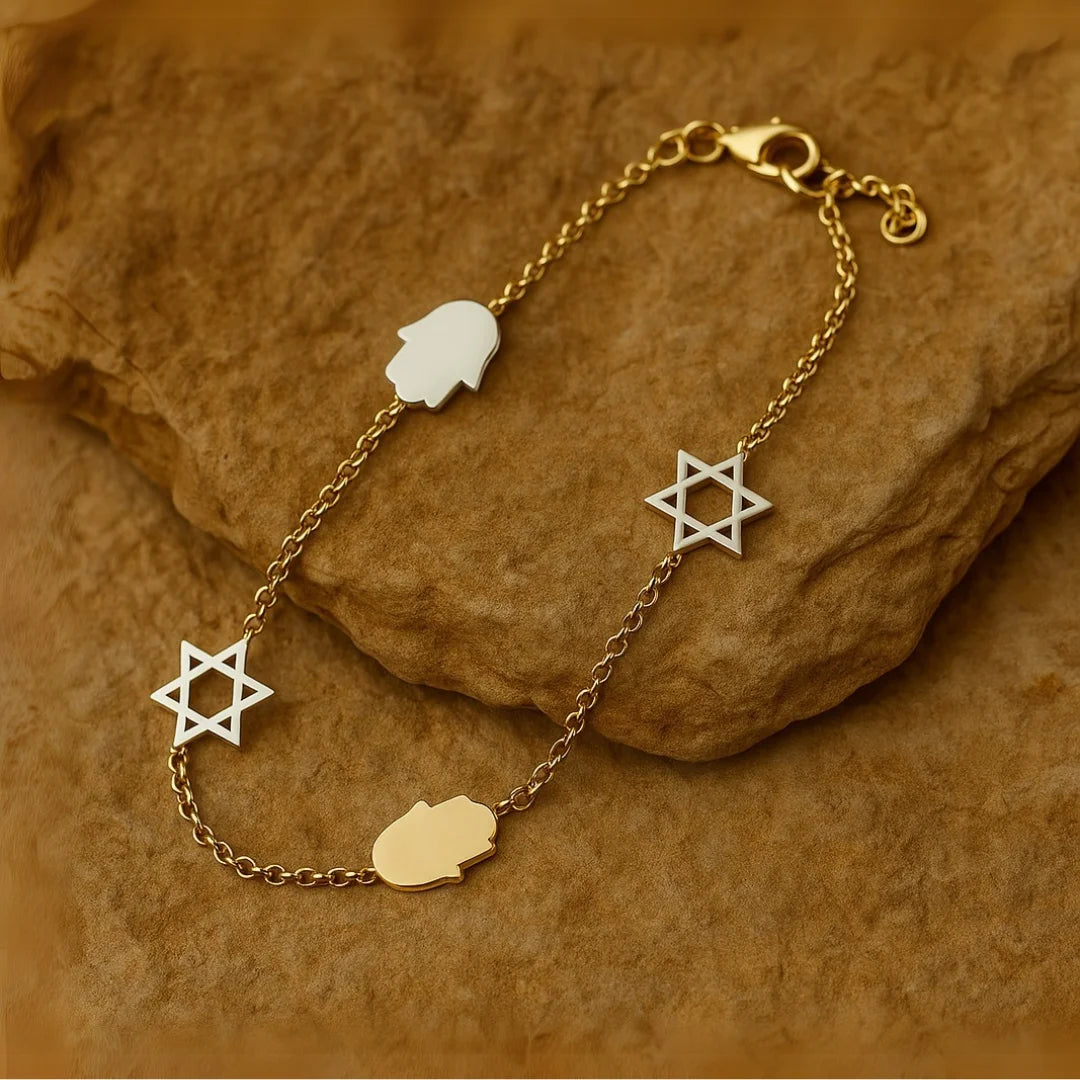
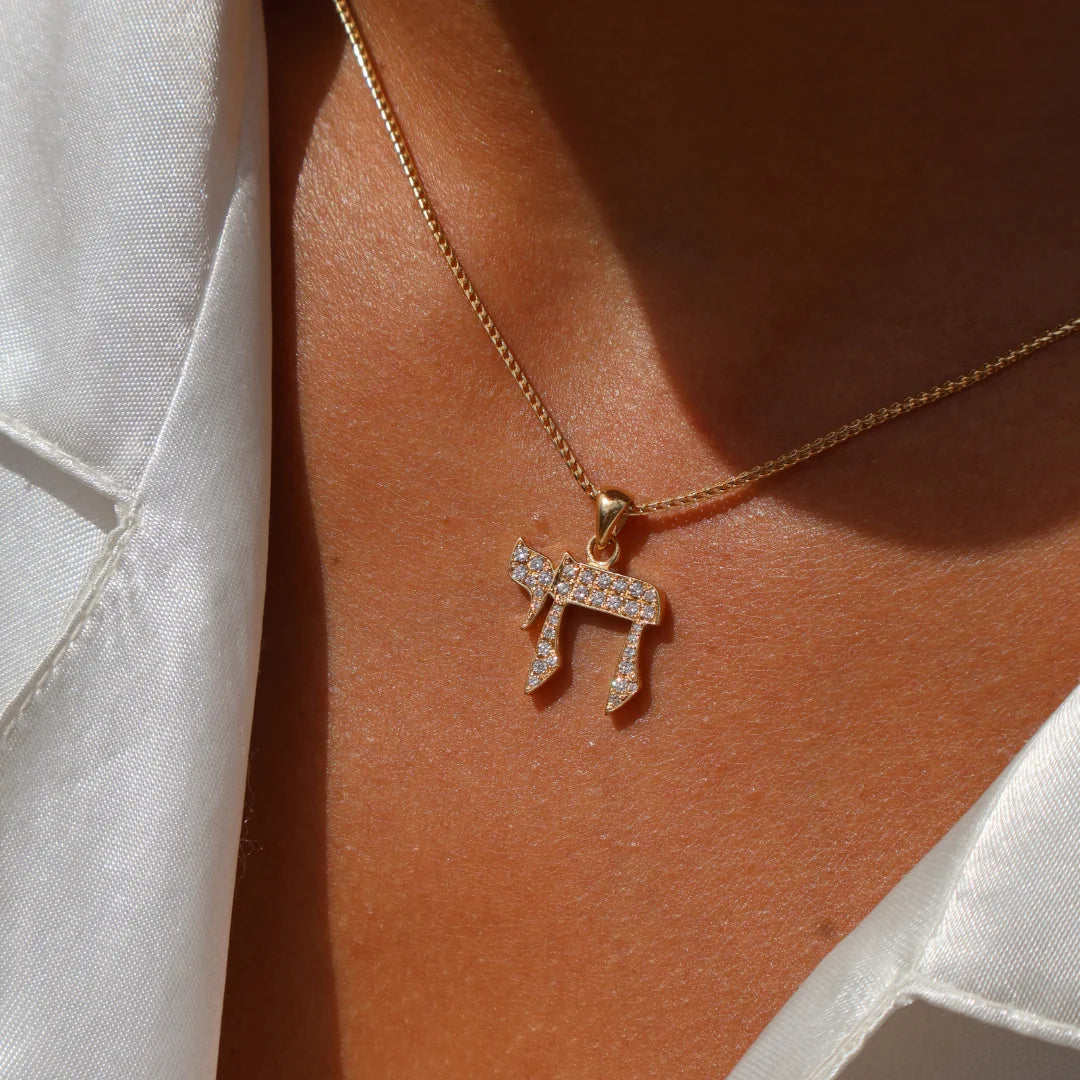
Women and Men in Judaica Jewelry
Women’s Judaica jewelry traditions
Women have been wearing Judaica jewelry for generations as signs of faith, beauty and protection. Pendants, rings and bracelets are some of the most common, often passed down as family heirlooms from mother to daughter. Women's Judaica jewelry is also available in the form of gifts marking life events including bat mitzvahs, weddings and anniversaries.
Men’s Judaica jewelry and symbols
For men, Judaica jewelry usually has more robust chains, larger pendants, or ring designs with large Hebrew inscriptions. Men might wear a mezuzah pendant, a weighty Star of David, or a signet ring bearing quotes. These pieces share the same religious significance and heritage but are styled in a masculine way.
Symbols in Judaica Jewelry and Their Meanings
Judaica jewelry is all about symbols. Each piece contains several layers of history, spirituality, and personal meaning.
Star of David
The six-pointed star may be the most recognized Jewish symbol. It symbolizes unity, identity, and belonging to the Jewish heritage in jewelry. Worn by most as an external display of pride and membership.
Chai (חי) – "Life"
The word Chai is "life" in Hebrew. If worn as a pendant or ring, it commemorates the value of life and is often gifted for bar/bat mitzvahs or graduation.
Hamsa and Evil Eye
The Hamsa is a hand-printed design believed to bestow blessing and protection. Combined frequently with the Evil Eye symbol, it's seen as a shield against evil forces. The motifs are found in men's and women's jewelry as well, merging tradition and fashion.
Hebrew name necklaces and inscriptions
Hebrew script name necklaces are extremely fashionable. They bridge personal identity and language and culture. Rings or pendants with verses, blessings, or names engraved on them carry words of faith in a very personal and permanent way.
Wedding rings with Hebrew verses
Jewish wedding rings typically bear inscribed Hebrew messages like Ani L'dodi V'dodi Li ("I am my beloved's and my beloved is mine"). These inscriptions transform a piece of jewelry into a living testament of devotion and love derived from tradition.
When and Why Judaica Jewelry Is Gifted
Judaica jewelry is not only worn-it's often presented at significant moments in life, making it personal and symbolic.
Jewish holidays and gift-giving occasions
Gifts of Judaica jewelry are given most frequently on Jewish holidays or life milestone events. A Star of David pendant on a bar or bat mitzvah, a Chai necklace for Hanukkah, or a wedding band with Hebrew inscription on a wedding ceremony. These gifts connect the celebration to enduring meaning.
Judaica jewelry as heirlooms
Judaica jewelry becomes something other than a gift-it becomes an heirloom. A father's pendant or a grandmother's ring is charged with memory and blessing that is passed down through generations. Passed-down jewelry is not so much an object that is given, but love, tradition and history.
Featured collection
Featured
Frequently Asked Questions
Israel is famous for gold and silver handmade jewelry, generally manufactured with Jewish symbols like the Star of David, Hamsa and Hebrew writing. They are generally made by Israeli artisans who combine traditional methods with modern style.
Judaica jewelry is jewelry that carries Jewish symbolism and meaning. It includes jewelry like necklaces, rings, bracelets and pendants with symbols like the Star of David, Chai, Hamsa, or Hebrew inscriptions. They are worn as signs of faith, identity and heritage.
Yes. Jewelry has been a part of Jewish existence from biblical mentions of adornment, and through to current Judaica design. Besides appearance, it is a way of carrying blessings, warding off suffering and connecting with Jewish identity.
Both. Gold has adorned Jewish ritual items and jewelry for hundreds of years as an emblem of blessing and joy. Silver is equally traditional, especially in Judaica from Eastern Europe and valued for its purity and luster. Today, people choose based on style, significance and occasion.
Yes. Although not a biblical tradition as such, wedding and engagement rings have become an integral part of Jewish weddings. Hebrew inscriptions or Jewish symbols on their rings are the preferences of most couples to associate love with heritage and religion.

